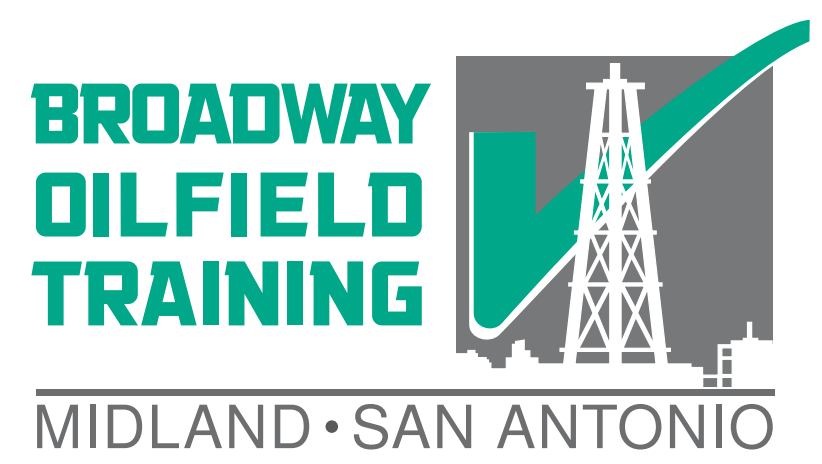SAN ANTONIO H2S RIGSITE PROCESS CONTROLS
As we’ve written before, the oil and gas rigsite tends to present a unique set of challenges for process safety in response to H2S hazards. The combination of rugged outdoor environments and dirty confined spaces is especially typical within the oil and gas world. Special training and planning is needed to take into account these oilfield conditions and mitigate these hazards.
ALARMS
To be effective, alarms must be both visual and audible. The rig floor tends to be a loud place with many moving parts that require a worker’s full attention. Therefore, the H2S alarms must be loud enough and high contrast enough to alert a worker over the noise. Multiple stationary alarms and vibrating personal H2S monitors, combined with the buddy system, can help ensure no worker is left behind when the alarm sounds.
JSAs
‘Job Safety Analyses’ (JSAs) and ‘meet and greets’ are some of the first lines of defense to keep workers entering an H2S prone wellsite safe. When greeting the visiting worker, the safety captain can inform them of the presence of hydrogen sulfide as well as check that their San Antonio H2S training is up to date. Any other particular H2S hazards at the wellsite can be pointed out and signed off on during the JSA and meet and greet process.
VENTILATION
Despite the astounding potential for H2S emission for some wells, an advantage to the oilfield is that the wellsite is predominately (although not always) in an open-air location. The benefit of a natural breeze can pull accumulating H2S from the wellsite and disperse it across the countryside. In practice, a breeze cannot be counted on and some rigs have noticed a small buildup of H2S. To counter this, they have used large fans running on rig power to create a synthetic breeze and disperse the hydrogen sulfide away from the rig where the crew is working.
WIND AWARENESS
Similar but also opposite to the concept of ventilation is wind awareness. Every rig in an H2S hazard area needs to have a visible windsock to show the wind direction. When a worker is standing downstream of a H2S source then that worker can be exposed to H2S. Similarly, when a worker is downwind of a flare, that worker can be exposed to SO2, an extremely toxic chemical caused from the combustion of H2S. Because both hydrogen sulfide and sulfur dioxide are both heavier than air, this can make dispersion less effective than if they were lighter than air. To evade the H2S and SO2 flow streams, workers need to be aware of the source as well as move upwind and crosswind to eventually move upwind of the source.
SAFE MEETING AREAS
Safe meeting areas, or muster points, are needed so that all the workers are aware of where to go during an H2S release. Everyone needs to be at the same place to fully egress from the hazard, make a proper headcount, and enact the contingency plan. A secondary safe meeting area must also be designated and used in case the primary safe meeting area is engulfed in H2S due to the wind direction.
SIGNAGE
Signs are one protection that can keep workers from entering an H2S prone area unaware. OSHA 1910.145(f)(4)(ii) requires worksites to have signage with prominent lettering able to be read from at least 5 feet or more as proper. API RP 49 designates 3 hazard condition levels for H2S including green, yellow, and red H2S hazard levels.
Recommended Training: San Antonio H2S Card, San Antonio H2S Monitor
Notice: Article is provided as is and for informational use only. Eagle Ford Training San Antonio, its owners, instructors, and affiliates hereto referred as the company shall have no liability for and you shall defend, indemnify and hold harmless from and against any claim loss demand, liability, obligation, and expense based upon any injury or damage, spill or pollution, product liability, or any other loss that may occur. The liability for the use of information is solely yours notwithstanding any act of error or omission by the company.
